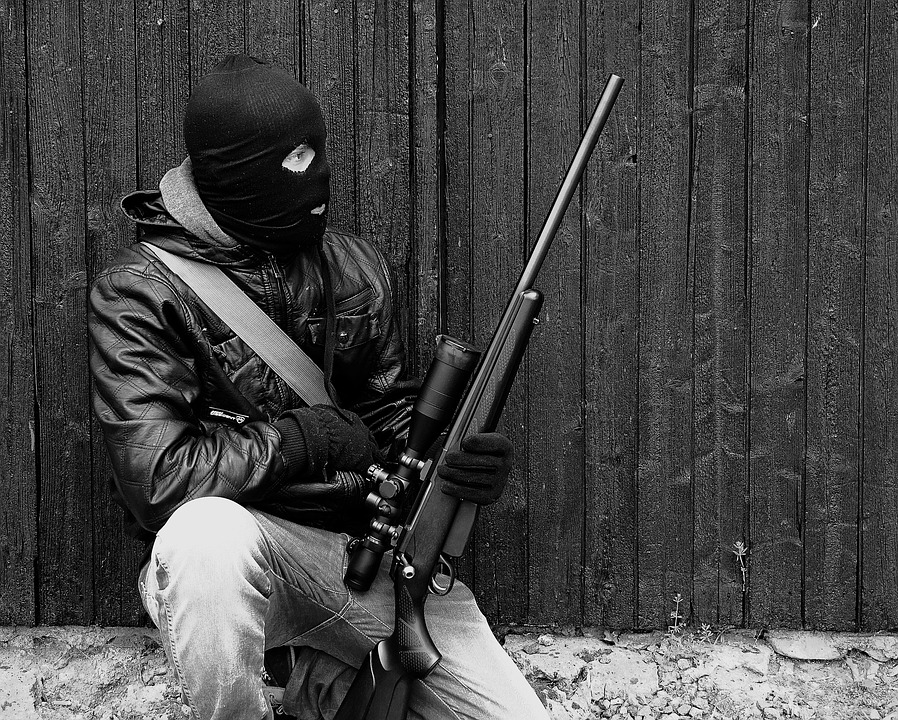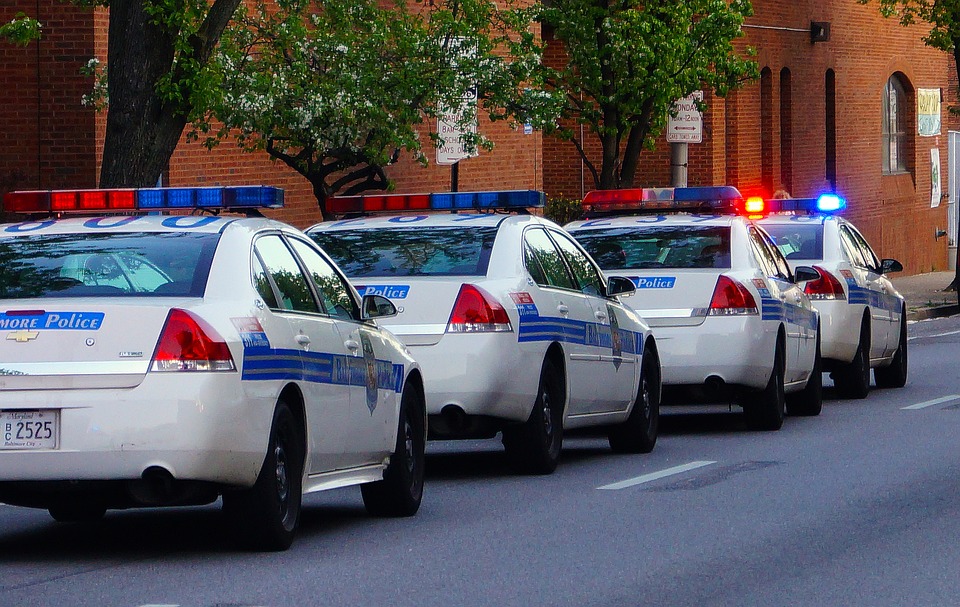The unbelievable mass shooting and massacre in Las Vegas during a country music concert has made me think how we as a nation can quickly, safely, effectively and efficiently turn the tide that we are facing in this volatile world that we live in today. Is it time for all active off-duty and retired law enforcement officers to be able to carry their concealed weapons to any event or location anywhere in the United States?
As I rehash the events that unfolded during the Route 91 Harvest Festival concert on the Las Vegas strip I think of the relative, friends, and former co-workers that I knew who were in attendance, one of whom was shot in the shoulder and is expected to survive. I think of the numerous innocent people killed and injured and those affected by this senseless act and the other violent attacks we have faced over the years. One thought constantly came to me as I pondered how do you stop or neutralize a crazed person like this lone shooter who was on no one’s radar.
I believe that a push of public and political pressure needs to be made calling for the President of the United States to issue an Executive order, or to have Congress pass emergency legislation, to allow all active off-duty law enforcement officers and retired law enforcement officers who are in good standing and already authorized to carry concealed weapons in their respective states to be authorized to possess and carry concealed weapons in all states and at all public venues.
As it stands now some special training, qualification, or authorization is required by some states for officers in other states to carry their concealed weapon while some states have specific exclusions to carry. Some events and venues will not allow law enforcement officers to carry and possess their weapons inside the location even when the officer is authorized to carry a concealed weapon in that state or county. The time has come to change this mind set and start regaining some control of our streets and lives.
My proposal is based on the limited law enforcement manpower and resources that are on-duty during any given day or time in any city or state. This would allow for the most expeditious, efficient, effective, and controlled manner to help turn the tide and immediately increase the potential manpower and available options of engagement against these violent public attacks that have plagued our society in the last few years. This would not cost anything to implement as these law enforcement officers have already been trained and are authorized in their respective states to carry concealed weapons.
At this particular event in Las Vegas at least 100 plus law enforcement officers were from Southern California alone. This does not count the many officers who were attending a first responder training conference in Las Vegas, or the other officers from far away who were attending the three day concert event, such as the Minneapolis officer who borrowed the weapon of a nearby local bar owner to secure that location. Although the suspect in this particular incident was in a high rise hotel and difficult to engage from the ground, quite possibly any off-duty or retired officers who might have been in adjacent hotel rooms or on the same or nearby floors, could have engaged this crazed suspect earlier if they had been present and armed.
This proposal is not meant to replace or solve the national gun control or Second Amendment debates and other similar issues. It is one simple idea to safely and immediately take back some sense of control and provide a viable alternative to increase public safety for all. It is nice to give our thoughts and prayers to the victims and their families of these tragedies, but now is the time to actually do more and turn the tide against this type of senseless violence. #massshootinginlasvegas, #executiveorder, #presidentoftheunitedstates, #congressionallegislation, #carryconcealedweapons, #lasvegaspolicedepartment, #lawenforcement, #harvestfestivalconcert,
To follow my past articles please go to my website- https://billcweiss.com.
As a retired Lieutenant and 32-year veteran of the Los Angeles County Sheriff’s Department, Bill Weiss worked various patrol, custody, administrative, investigative, and special assignments. He has been an Incident Commander for several major tactical incidents. He is a graduate of the University of Southern California, with a Master’s degree in Public Administration.





